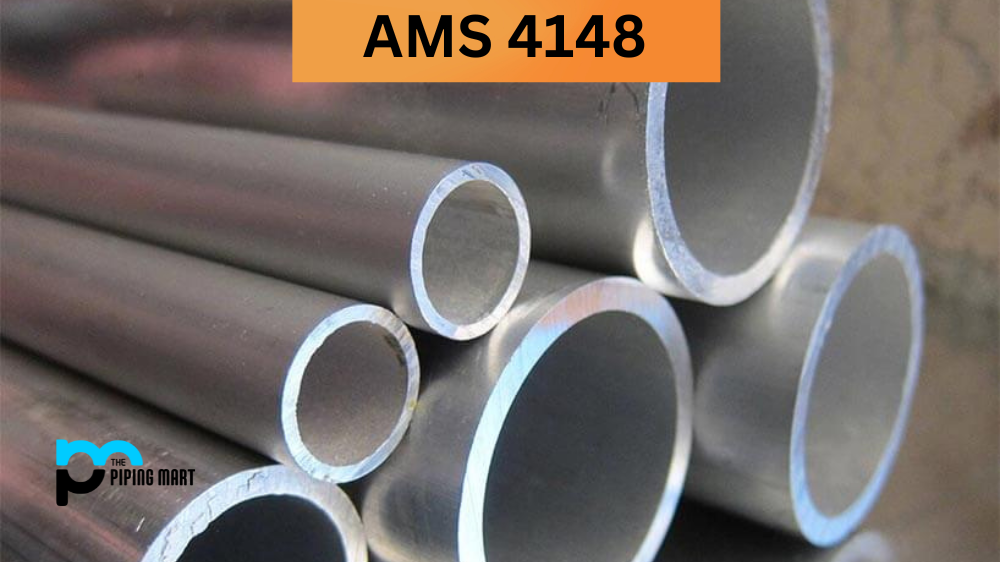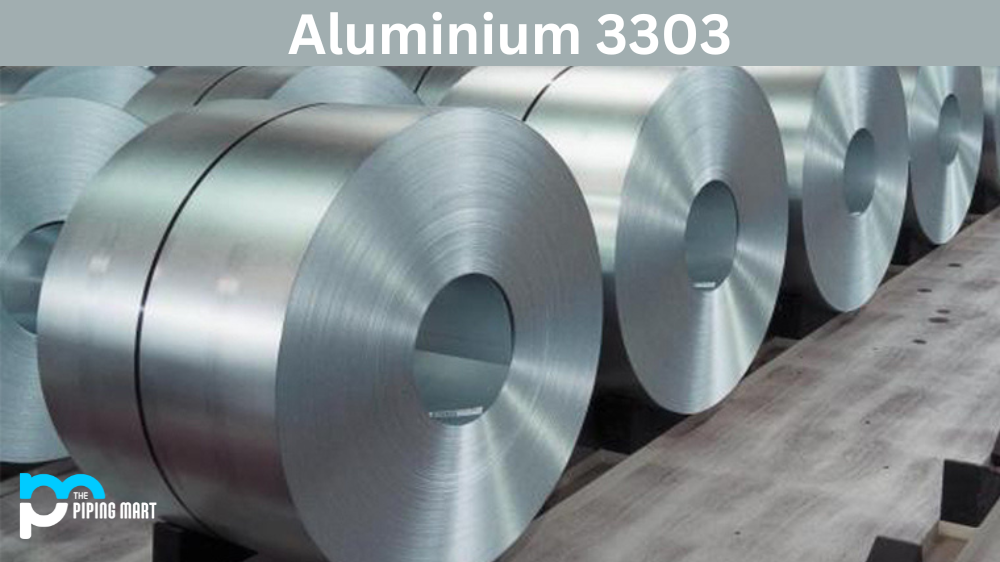SAE 1212, a widely utilized steel in the manufacturing sector, is renowned for its robust strength and resistance against wear and tear. Notably, SAE/AISI 1212 carbon steel, recognized as UNS G12120, stands out for its exceptional machinability. Its efficacy in high-speed machining operations stems from a low carbon content and superior free-cutting attributes. Comprising a blend of iron and carbon, enriched with elements like manganese, phosphorus, and sulfur, SAE / AISI 1212 steel demonstrates heightened performance. This steel variant finds extensive application in crafting intricate parts, nuts, bolts, and screws owing to its remarkable machinability. The elevated lead content in SAE 1212 further enhances machinability, resulting in swift and effortless chip breakage. The impressive composition and properties of SAE/AISI 1212 carbon steel render it an ideal material for diverse industrial manufacturing applications.
What Forms of AISI 1212 is Available at Piping Mart?
- Nut
- Bar
- Bolt
- Pipe
- Screw
- Tubing
- Valves
- Washers
- Flanges
- Fasteners
- Electrodes
- Stud Bolts
- Sheet Plates
- Pipe Fittings
- Forged Fitting
- Instrumentation Fittings
AISI 1212 Composition
AISI 1212, a carbon steel, is composed of a blend of iron and carbon with additional elements like Manganese, Phosphorus, and Sulfur. This unique composition ensures excellent machinability and makes it suitable for crafting various industries’ Gears, Bolts, and small components.
| Element | Content (%) |
|---|---|
| Iron, Fe | 98.52 – 99.07 |
| Sulfur, S | 0.16 – 0.230 |
| Carbon, C | ≤ 0.13 |
| Manganese, Mn | 0.70 – 1.0 |
| Phosphorous, P | 0.070 – 0.12 |
AISI 1212 Physical Properties
AISI 1212 showcases significant physical traits with low carbon content, ensuring effortless machinability. This carbon steel boasts High Ductility, making welding easy. Renowned for its dependable versatility, AISI 1212 is extensively employed in crafting gears and small components across various applications.
| Properties | Metric | Imperial |
|---|---|---|
| Density | 7.87 g/cm3 | 0.284 lb/in³ |
AISI 1212 Mechanical Properties
AISI 1212’s mechanical properties highlight commendable strength and resilience. Its low carbon composition enhances machinability, while high ductility ensures ease of welding. This carbon steel, celebrated for versatile and reliable performance, is extensively utilized for crafting gears and small components, reflecting its robust and adaptable nature in various applications.
| Properties | Metric | Imperial |
|---|---|---|
| Tensile strength | 540 MPa | 78300 psi |
| Yield strength | 415 MPa | 60200 psi |
| Bulk modulus (typical for steel) | 140 GPa | 20300 ksi |
| Shear modulus (typical for steel) | 80 GPa | 11600 ksi |
| Elastic modulus | 190-210 GPa | 27557-30458 ksi |
| Poisson’s ratio | 0.27-0.30 | 0.27-0.30 |
| Elongation at break | 10% | 10% |
| Reduction of area | 35% | 35% |
| Hardness, Brinell | 167 | 167 |
| Hardness, Knoop (converted from Brinell hardness) | 188 | 188 |
| Hardness, Rockwell B (converted from Brinell hardness) | 85 | 85 |
| Hardness, Vickers (converted from Brinell hardness) | 175 | 175 |
| Machinability (based on 100 machinability for AISI 1212 steel.) | 100 | 100 |
AISI 1212 Equivalents
- AMS 5010D
- ASTM A108
- ASTM A29
- FED QQ-S-637 (1212)
- SAE J403
AISI 1212 Uses
SAE/AISI 1212 Carbon Steel (UNS G12120) proves its versatility across diverse industries with many applications. This carbon steel grade stands out for its impeccable machinability, a sought-after feature for precision-demanding tasks, making it a favored choice in producing gears, bolts, nuts, and intricate components requiring tight tolerances. Beyond its machining prowess, SAE/AISI 1212 boasts high ductility and ease of weldability, making it an excellent option for fabricating intricate structures and diverse products. Thanks to low carbon content, its cost-effectiveness doesn’t compromise on quality or performance, making it an economical yet reliable choice for various manufacturing processes. SAE/AISI 1212 Carbon Steel emerges as a dependable and versatile option, meeting the demands of a broad spectrum of applications within the industrial sector.
AISI 1212 Uses in Industries
- Automotive Industry
- Machinery and Equipment Manufacturing
- Construction Industry
- Aerospace Industry
- Electrical Industry
AISI 1212 Advantages
Some of the advantages of using SAE / AISI 1212 steel include the following:
- High strength
- Resistance to wear and tear
- Excellent weldability and machinability properties
AISI 1212 Corrosion Resistance
The intriguing aspect of SAE/AISI 1212 lies in its impressive resistance to corrosion. This cold-drawn steel, characterized by low carbon content, stands out for its exceptional strength and smooth texture, making it a fitting choice for industries that prioritize these attributes. The corrosion resistance of SAE/AISI 1212 surpasses that of other commonly used alloys, attributed to the presence of additional elements such as Molybdenum, Manganese, Zinc, and Phosphorus. The choice of alloy hinges on the intended application, with some variants offering enhanced formability or machinability to elevate product performance.
AISI 1212 Heat Treatment
SAE/AISI 1212 proves its versatility by being amenable to heat treatment to enhance hardness and strength. Upon heating, the material transforms, developing a substantial and durable surface layer that exhibits notable resistance to wear and tear. This characteristic renders it an optimal selection for applications where elevated temperatures are a critical consideration.
AISI 1212 Machining
AISI 1212 excels in machining operations due to its low Carbon Content, offering exceptional precision. Widely employed in crafting Gears, Bolts, and Small Components, it stands out for its superior machinability.
Conclusion
SAE/AISI 1212 Carbon Steel, also recognized as UNS G12120, stands out with its low carbon composition, ensuring remarkable machinability. Its notable attributes encompass elevated Ductility, easy Weldability, and enhanced resistance to corrosion. It is widely applied in crafting gears, bolts, and small components and is a dependable and adaptable option across various industrial uses.

A passionate metal industry expert and blogger. With over 5 years of experience in the field, Palak brings a wealth of knowledge and insight to her writing. Whether discussing the latest trends in the metal industry or sharing tips, she is dedicated to helping others succeed in the metal industry.




